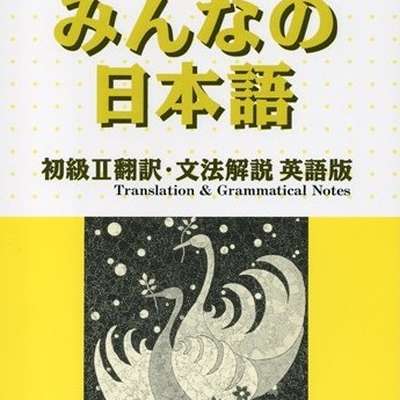
You will need to pause the audio file manually. ・The recordings do not contain pauses for student repetition. Both pronunciations, with adverbs coming first, are given in the recordings. With regard to おととい and きのう in Lesson 4, the pronunciation (intonation) differs slightly depending on whether they are used as adverbs or nouns. (5) Vocabulary (new words in each lesson) There are cases in which the gender of illustrated figures and of recorded voices may differ. Also, the gender of illustrated figures and of recorded voices may differ.

To ensure smooth spoken Japanese in the recordings, there is some slight deviation in places from the written text.įor greater ease of oral Japanese practice, the sequence of some phrases may differ somewhat from the Main Text. Accent on of the Main Text is recorded including the attached が particle. ・The ん sound of the Table of 50 Sounds on of the Main Text is not recorded here, because its precise pronunciation can vary depending on what comes after it. Usage: put at the end of the sentence to convey to the listener your feelings or expect the listener to agree with what you have to say.These audio files contain recordings from Japanese Pronunciation, Classroom Language, Everyday Greetings and Expressions, Numerals, and Sentence patterns, Example sentences, Exercise A, Exercise B, and Exercise C from each lesson, from Minna no Nihongo Shokyu I Second Edition, Main Text and new vocabulary from Minna no Nihongo Shokyu I Second Edition, Elementary Japanese I Translation &Grammar Notes. Usage: say the time, the distance between two places with the particle denote the starting point of time or place, the particle denote the end of time or place.Ģ auxiliary words can stand alone, do not need to go together.Įvery day, I read books from 7 to 8 hours. After nouns, things of the week can have thứ or not.

If time is not indicated by numbers, do not add に. Usage: to indicate when an action will be performed. Meaning: Doing something about what time period

Usage: Verbs show a polite attitude to the listener, indicating an action in the present or future tense. じ は ん : Use when you tell half of the time. Meaning: What time is it / what time is it?


 0 kommentar(er)
0 kommentar(er)
